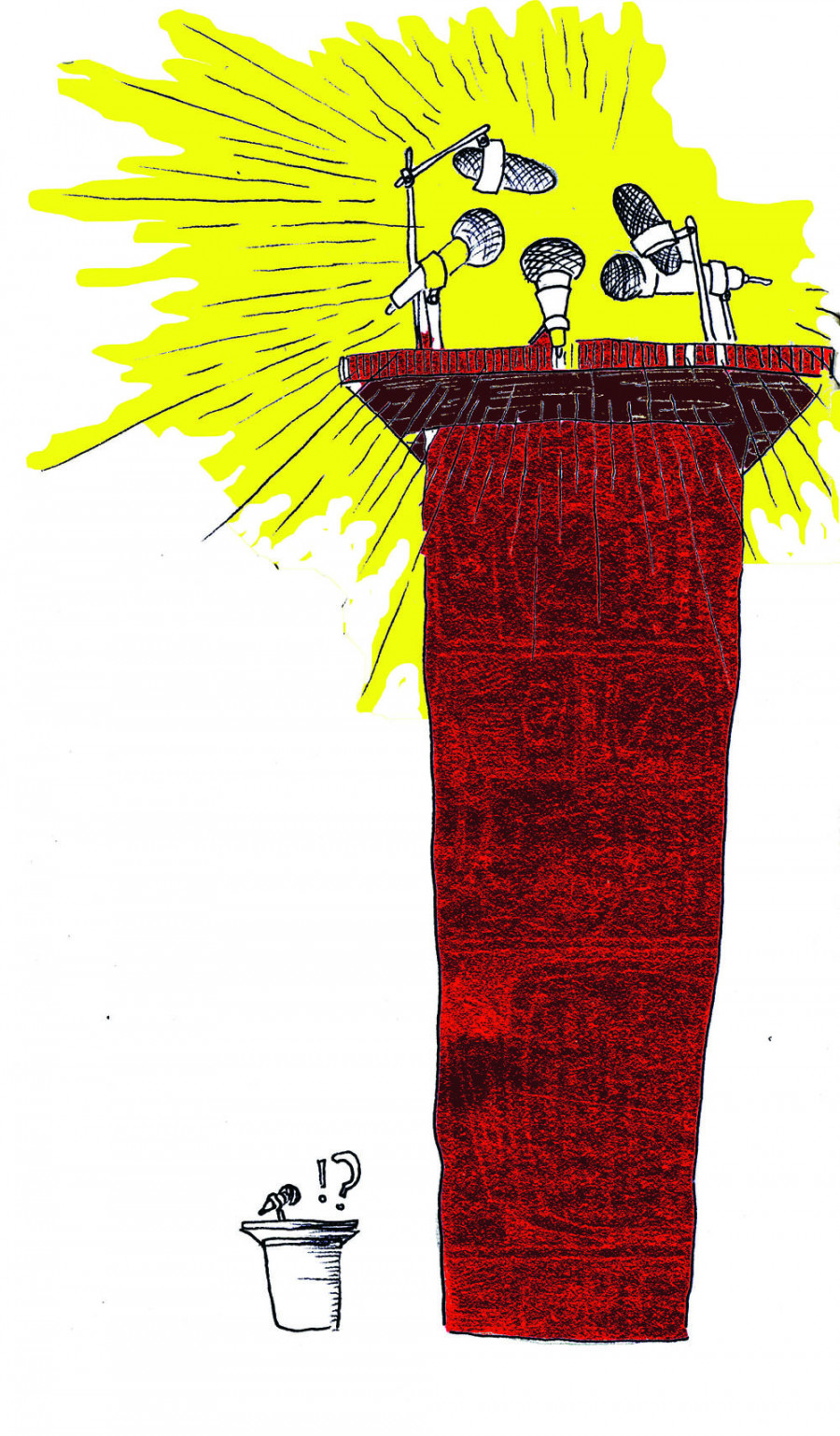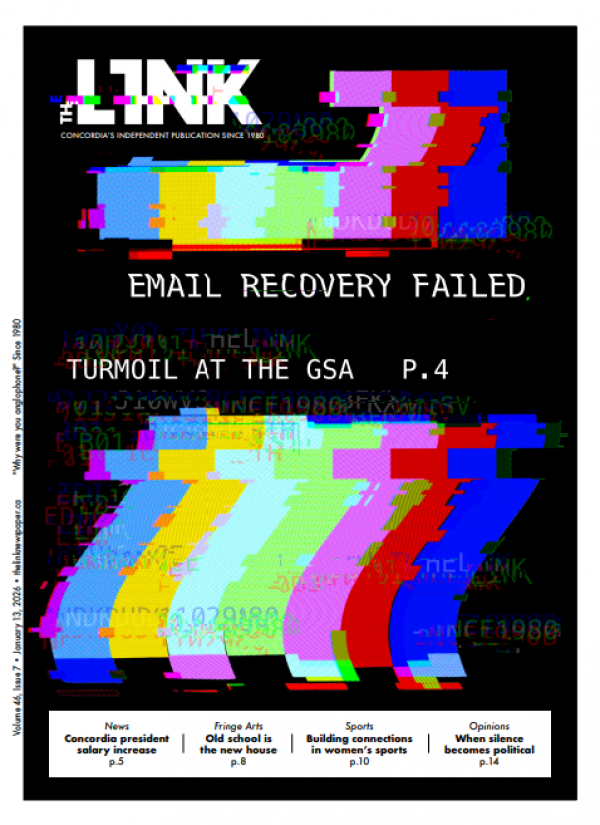Democratizing Decision-Making at the CSU
Last year, I was elected to a position now known as sustainability coordinator for the Concordia Student Union. Part of this position’s mandate is to ensure that Concordia—both environmentally and socially—is a sustainable institution.
The executive team that served before mine did a lot of good work in terms of environmental sustainability. I hoped to continue that environmental work, and also to make significant advances in the area of social sustainability.
My interpretation of social sustainability is the decentralization of decision-making power. In order to implement this, I hoped to further democratize the CSU by integrating Concordia’s community organizations into the process of decision-making.
In theory, the CSU’s decision-making is divided between eight members of the executive and a varying number of councillors—two of whom are members-at-large, with the remainder being representatives of Concordia’s four faculties. The executive team members each have a mandate to cover—mine, for example, was sustainability.
Councillors are supposed to hold executives accountable. They have the authority to block or refine projects that the executive proposes. In order for this to work, councillors must have the full information of what the executive is doing.
In practice, council is not always given the full information about executive projects. This occurs because the CSU executive is expected to distill information on projects before presenting them to council. While this may lessen the workload of councillors because they are presented with simplified versions of projects, it also places more structural power in the hands of the executive.
This creates a gap in the relationship between council and the executive, and puts more pressure on the executive to filter information. Neither of these results creates a sustainable work dynamic, and both are rooted in the structure of CSU decision-making power through access to information.
One way to fix this specific problem would be the implementation of total transparency between council and the executive, in the form of releasing full documentation. This would need to be written into the CSU’s bylaws to be effective. It would allow for a more democratic and open process, and would be better representative of the interests of all faculties due to council’s faculty-based structure. It would help to create trust between different branches of the CSU, and would prevent members of the executive from being overworked and burning out.
Last fall, the CSU put forward a referendum to change the titles of the executives. The referendum—which passed—abolished the position of president, and replaced that position with the title of general coordinator. Other position titles changed from, for example, “vice-president sustainability” to “sustainability coordinator,” or “vice-president finance” to “finance coordinator.” This was presented as a way to lessen the hierarchy inherent in the titles.
However, on the referendum, there were no structural changes to the mandates of the positions. The general coordinator still has the power to sit on all committees—while other coordinators can only sit on their own committees. While this does make sense in theory—general coordinators should be able to act as the bridge between different branches of the CSU—in practice, this allows for the general coordinator to wield disproportionate influence within the executive, which itself wields disproportionate influence over council. These problems are built into the structure of the CSU.
Each position on the CSU executive has a mandate, according to the union’s bylaws. The role of the general coordinator is to oversee the functioning of other coordinators and implement council decisions. It is next to impossible for a single person to oversee and understand in detail the functioning of seven different coordinators. This leads to the general coordinator being forced to prioritize certain activities, which by definition means that others are given a laissez-faire approach.
This can result in unsustainable group dynamics, and runs counter to the idea of social sustainability. These results do not occur due to bad faith of executive members—they are the result of an unsustainable structure.
An unsustainable structure means that power dynamics are highly unequal, and certain voices are prioritized over others. In order to make the CSU sustainable, those hierarchies need to be flattened and power needs to be distributed horizontally. The different branches of the CSU should not be forced to work in silos, but should collaborate together as a team—that includes the CSU’s paid staff.
In order for the CSU to effectively work with other elements of the Concordia community, changes must be made to repair the power relations within the institution. By correcting the internal problems of the CSU, the organization can begin to look outwards and better serve the broader community. Doing so will require structural change.
Over the past year, the CSU has made some efforts to deal with the issues that I have outlined, and they are commendable. The changes have not gone far enough, however. In order to make the CSU a sustainable organization, both deep changes to the structure, as well as a culture-shift, are required.
I hope that the incoming executive will continue to put time and effort into making the CSU more democratic, transparent, and sustainable. They should keep a collaborative mindset, even though this sometimes feels like the less efficient method. It should be remembered that, especially in representative institutions, the process is often more important than the end-goal. A collaborative, democratic approach makes end-results more valuable.
Structural change will not come overnight. It will require time, effort, and dedication—not just by the new executives, but also Concordia’s student-body and community.





__600_375_90_s_c1.jpg)
_600_375_90_s_c1.jpg)